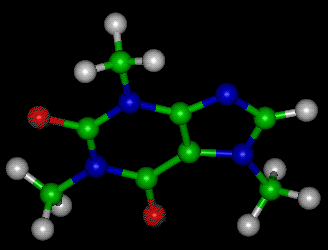

Įxtracts from plants containing toxic alkaloids, such as aconitine and tubocurarine, were used since antiquity for poisoning arrows. Also, coca leaves have been used by Indigenous South Americans since ancient times. A Chinese book on houseplants written in 1st–3rd centuries BC mentioned a medical use of ephedra and opium poppies.

It is believed that the gift was an opium-containing drug. The Odyssey of Homer referred to a gift given to Helen by the Egyptian queen, a drug bringing oblivion.

For example, medicinal plants have been known in Mesopotamia from about 2000 BC. History Friedrich Sertürner, the German chemist who first isolated morphine from opium.Īlkaloid-containing plants have been used by humans since ancient times for therapeutic and recreational purposes. There are also at least 86 alkaloids whose names contain the root "vin" because they are extracted from vinca plants such as Vinca rosea ( Catharanthus roseus) these are called vinca alkaloids. Where several alkaloids are extracted from one plant their names are often distinguished by variations in the suffix: "idine", "anine", "aline", "inine" etc. For example, atropine is isolated from the plant Atropa belladonna strychnine is obtained from the seed of the Strychnine tree ( Strychnos nux-vomica L.). Many individual names are formed by adding the suffix "ine" to the species or genus name. There is no unique method for naming alkaloids. However, the term came into wide use only after the publication of a review article, by Oscar Jacobsen in the chemical dictionary of Albert Ladenburg in the 1880s. The name "alkaloids" (German: Alkaloide) was introduced in 1819 by German chemist Carl Friedrich Wilhelm Meissner, and is derived from late Latin root alkali and the Greek-language suffix -οειδής -('like'). Naming The article that introduced the concept of "alkaloid". Some authors, however, consider alkaloids a special case of amines. Natural compounds containing nitrogen in the exocyclic position ( mescaline, serotonin, dopamine, etc.) are usually classified as amines rather than as alkaloids. Compounds like amino acid peptides, proteins, nucleotides, nucleic acid, amines, and antibiotics are usually not called alkaloids. The boundary between alkaloids and other nitrogen-containing natural compounds is not clear-cut. Although alkaloids act on a diversity of metabolic systems in humans and other animals, they almost uniformly evoke a bitter taste. cocaine, caffeine, nicotine, theobromine), and have been used in entheogenic rituals or as recreational drugs. Other alkaloids possess psychotropic (e.g. Many have found use in traditional or modern medicine, or as starting points for drug discovery. chelerythrine), and antihyperglycemic activities (e.g. Alkaloids have a wide range of pharmacological activities including antimalarial (e.g. They can be purified from crude extracts of these organisms by acid-base extraction, or solvent extractions followed by silica-gel column chromatography. Īlkaloids are produced by a large variety of organisms including bacteria, fungi, plants, and animals. More rarely still, they may contain elements such as phosphorus, chlorine, and bromine. In addition to carbon, hydrogen and nitrogen, alkaloids may also contain oxygen or sulfur. Some synthetic compounds of similar structure may also be termed alkaloids.

This group also includes some related compounds with neutral and even weakly acidic properties. Īlkaloids are a class of basic, naturally occurring organic compounds that contain at least one nitrogen atom. The first individual alkaloid, morphine, was isolated in 1804 from the opium poppy ( Papaver somniferum). For the pharmaceutical company, see Alkaloid (company). This article is about the class of chemical compounds.


 0 kommentar(er)
0 kommentar(er)
